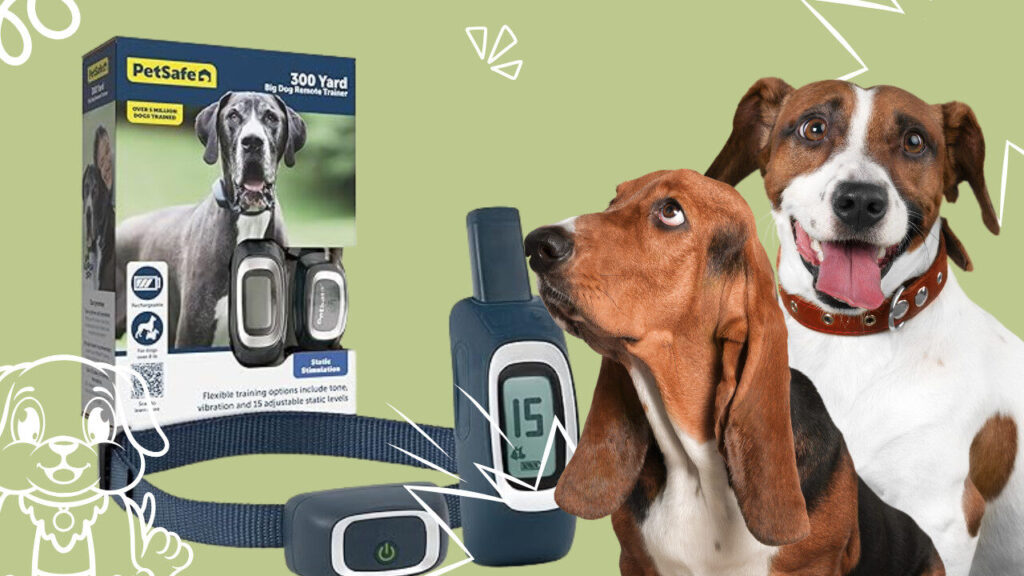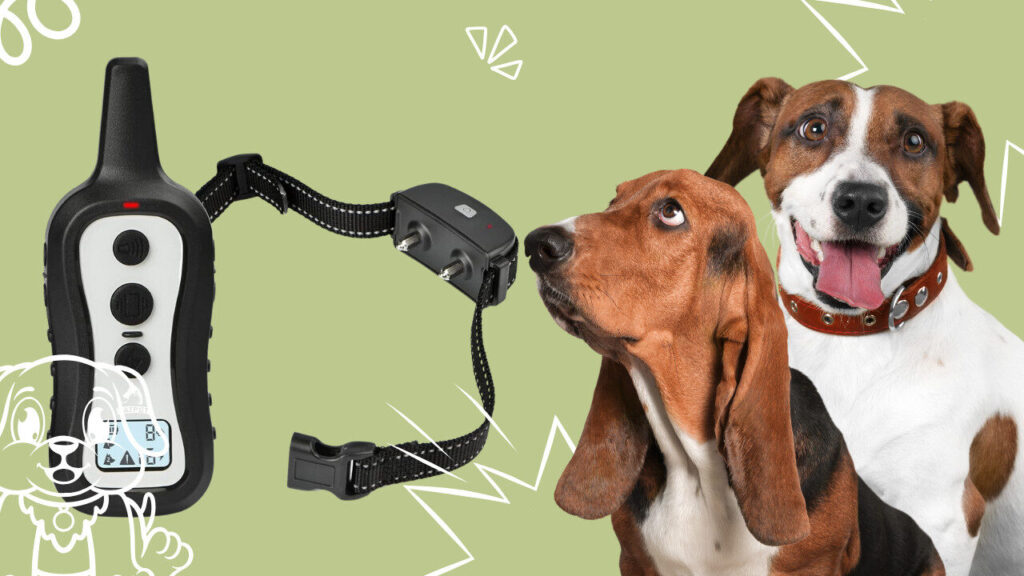Training your dog effectively requires patience, consistency, and the right tools. Remote-controlled dog training collars have become a popular choice for reinforcing obedience and correcting unwanted behaviors. With multiple modes such as beep, vibration, and static shock, these collars offer versatility while ensuring your dog’s safety. In this guide, we’ll review the best dog training collars with remote and provide essential tips for choosing the right one.
How Remote Dog Training Collars Work
Remote training collars operate through a handheld transmitter that communicates with a receiver on the dog’s collar. They generally offer three correction modes:
- Beep (Tone Alert) – Used as a warning or command signal.
- Vibration – Provides mild correction without discomfort.
- Static Shock – Adjustable intensity levels for stubborn behaviors (should be used responsibly).
The goal is to train dogs to respond to the beep or vibration first, minimizing the need for static correction.
Top 5 Best Dog Training Collars with Remote – In-Depth Reviews

1. PetSafe 300 Yard Remote Training Collar
- Features: 15 levels of static correction, waterproof, long battery life.
- Pros: Reliable, safe, good range.
- Cons: Limited to 300 yards, may not be suitable for large outdoor spaces.
- Best for: Small to medium-sized dogs and indoor training.
2. PATPET P301 300M Remote Dog Training Collar
- Features: Affordable, beep/vibration/static modes, rainproof, long battery life.
- Pros: Budget-friendly, easy to use.
- Cons: Not fully waterproof, shorter range.
- Best for: Budget-conscious owners with small to medium dogs.
3. Petootsy Remote Dog Training Collar

- Features: 3,300-foot range, waterproof, 99 shock levels.
- Pros: Great for outdoor training, highly adjustable.
- Cons: Higher price, requires regular charging.
- Best for: Large, active dogs and off-leash training.
4. Bousnic Dog Training Collar
- Features: Flashlight, beep/vibration/shock modes, rechargeable battery.
- Pros: Ideal for nighttime training, user-friendly.
- Cons: Battery life could be better.
- Best for: Owners training their dogs in low-light conditions.

5. 4000FT Dog Shock Collar with Light
- Features: 4,000-foot range, adjustable levels, built-in flashlight.
- Pros: Longest range, great for off-leash control.
- Cons: More expensive, requires supervision.
- Best for: Long-distance training and hiking dogs.
How to Choose the Best Remote Training Collar for Your Dog
When selecting a training collar, consider the following:
- Size & Temperament – Smaller dogs need gentler correction levels.
- Training Needs – Basic commands vs. behavior correction.
- Battery Life & Range – Longer battery life and range are better for outdoor training.
- Waterproofing – Essential if your dog loves swimming.
- Safety Features – Ensure the collar has adjustable settings and an auto shut-off.
Training Tips for Using a Remote Dog Collar Effectively
- Always start with beep and vibration before using static correction.
- Use positive reinforcement (praise, treats) alongside the collar.
- Keep training sessions short and consistent.
- Do not leave the collar on for extended periods.
FAQs About Dog Training Collars with Remote
Q: Are shock collars safe for dogs?
A: Yes, when used correctly at the lowest necessary setting and combined with positive training methods.
Q: What’s the best age to start using a remote training collar?
A: Typically around six months, but always consult a trainer or veterinarian first.
Q: How long should a dog wear a training collar each day?
A: No more than 8–10 hours to prevent skin irritation.
Q: Can training collars be used for aggressive dogs?
A: Yes, but they should be part of a broader training plan with professional guidance.
Conclusion
Choosing the right dog training collar with a remote can significantly improve your training success. Whether you need basic obedience reinforcement or off-leash control, there’s an option to suit your needs. Always prioritize humane training methods and consult a professional if needed.





2 Responses
Good V I should definitely pronounce, impressed with your site. I had no trouble navigating through all tabs as well as related info ended up being truly simple to do to access. I recently found what I hoped for before you know it in the least. Quite unusual. Is likely to appreciate it for those who add forums or something, website theme . a tones way for your client to communicate. Nice task..
Hmm is anyone else experiencing problems with the images on this blog loading? I’m trying to find out if its a problem on my end or if it’s the blog. Any suggestions would be greatly appreciated.